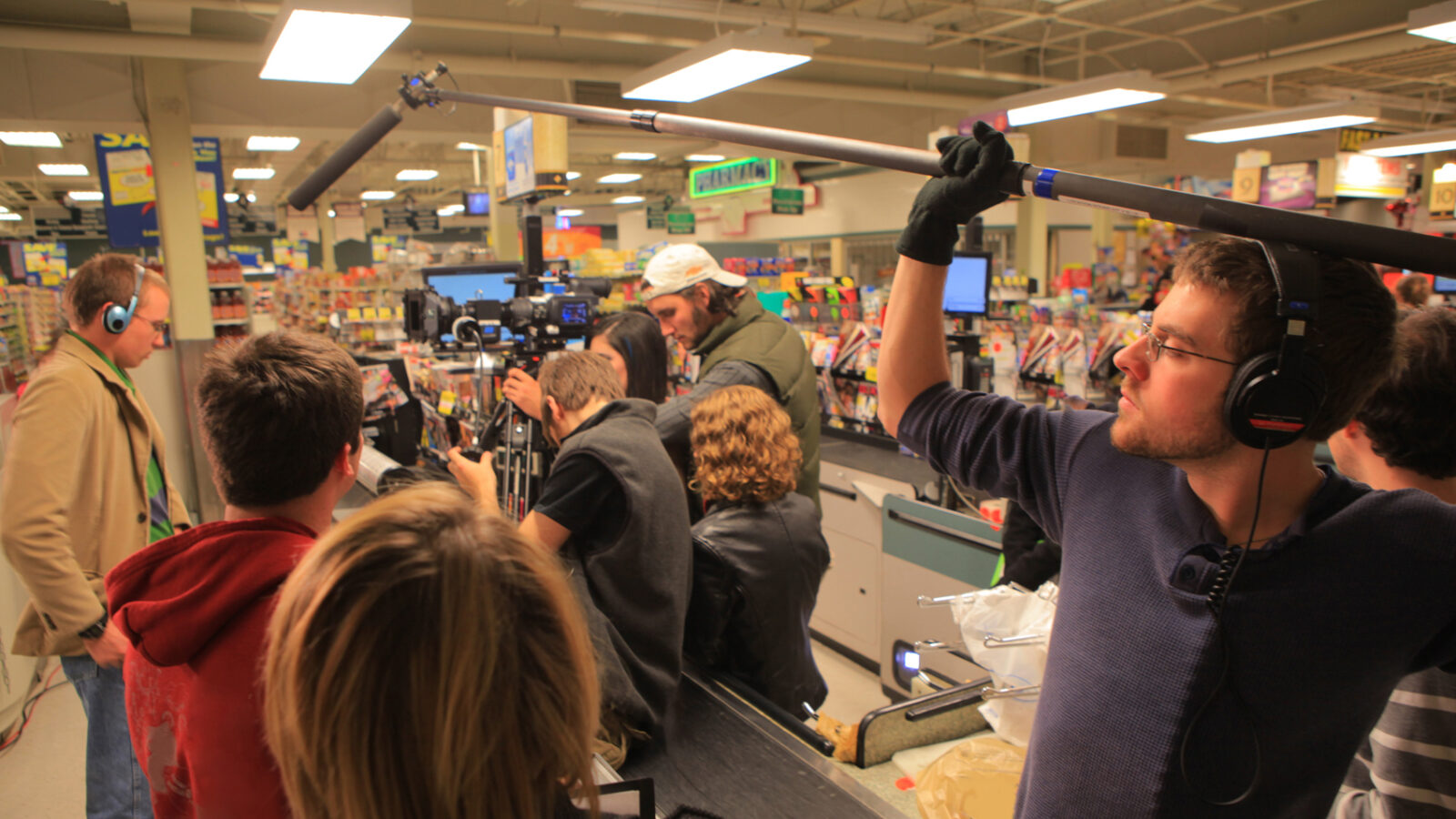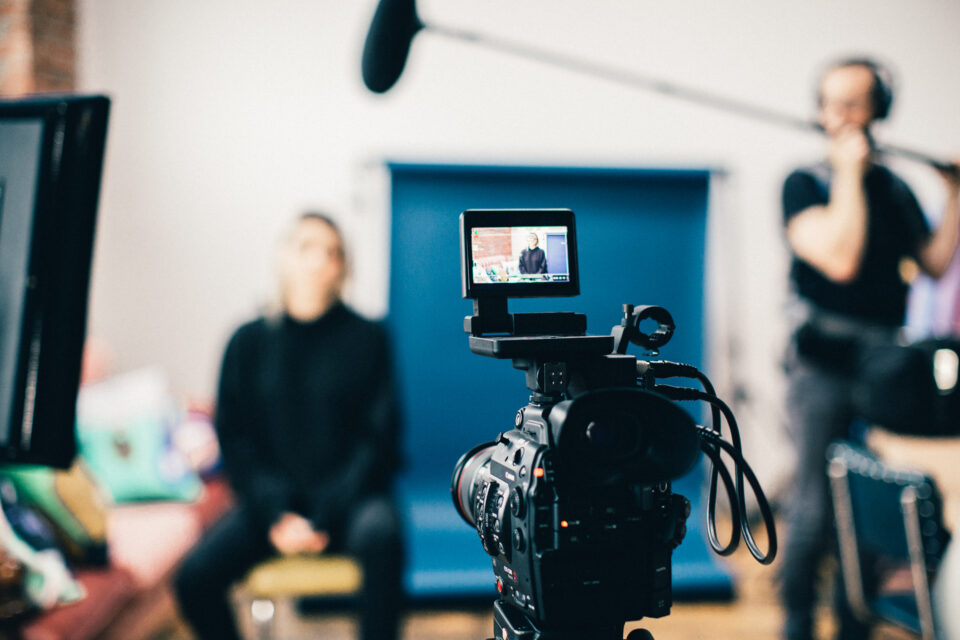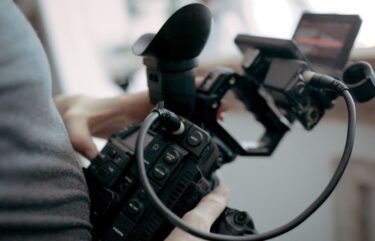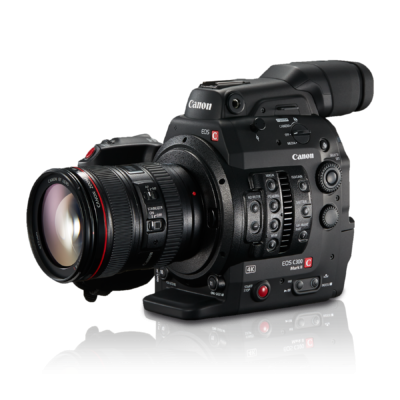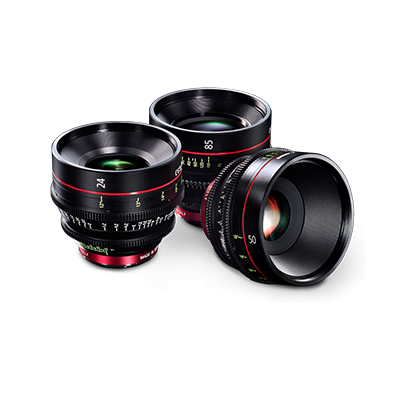How to make your own commercial
Producing your own commercial is like any other creative undertaking. Sure, you have a “big picture” goal, but getting there involves working step-by-step, and making dozens, if not hundreds, of choices along the way. Here are some of the major things to consider—to get you started on the path toward successfully shooting your commercial.
Conceptual considerations
- What product or service are you advertising?
- What singular message about it do you want to convey?
- What’s the story that will encompass that message?
- How does that story make an emotional connection with viewers?
- Informed by that emotional connection, what should be the commercial’s stylistic “mode”? Artfully creative? Earnest? Humorous? Over the top?
- Will the story be told by actors in a scene? A spokesperson? Voiceover narration?
The script
- Write it exactly to time. For television, standard runtimes are 15, 30 and 60 seconds.
- Use natural language—the way people speak, not the way they read.
- Make it punchy and to-the-point. Ruthlessly trim superfluous details.
- If you’re using humour, do the jokes land? (Test them out on others first.)
- End with a call to action encouraging viewers to learn more and/or make a purchase.
The shoot
- Have a plan: Your shooting script should list each planned shot or graphic, the audio to accompany that imagery, and the precise timing for both.
- Use a lightweight and versatile camera, but make sure it’s capable of broadcast-quality recording. Canon’s Cinema EOS C200 and C300 Mark II are more than up to the task in this regard.
- Record backup sound to aid audio syncing in post-production (unless you’re using voiceover narration, which is recorded in post anyway).
- Stick to your plan and shoot it efficiently. Aspiring to Kubrickian levels of aesthetic detail and thematic subtext isn’t usually cost-effective, particularly if your commercial will be viewed primarily online and/or on mobile devices.
Post-production
- Are you adept with editing software like Final Cut Pro and Adobe Premiere? If not, consider hiring a professional editor.
- Organize your footage and identify material for a rough cut. (Assuming you stuck to your shooting plan, this should be straightforward. You shouldn’t have a lot of superfluous footage.)
- Trim for time. TV commercials are broadcast in standardized time blocks.
- Record voiceover narration or re-dub actor/spokesperson audio, if necessary.
- Does your edit require audio syncing, colour correction, the addition of graphics, or other finessing? Consider outsourcing this work to specialists.
- Ensure the final cut is exported in the correct format for your preferred broadcast medium. For TV, ask the sales rep from whom you bought airtime. For online, MP4 typically offers a good balance of quality and file size.

